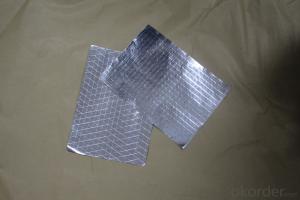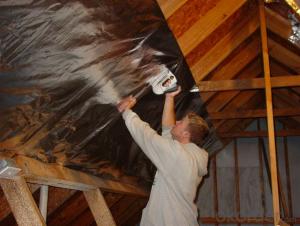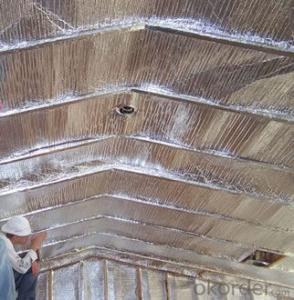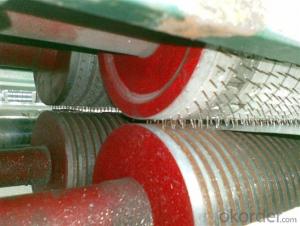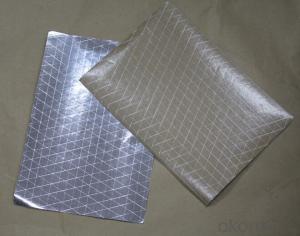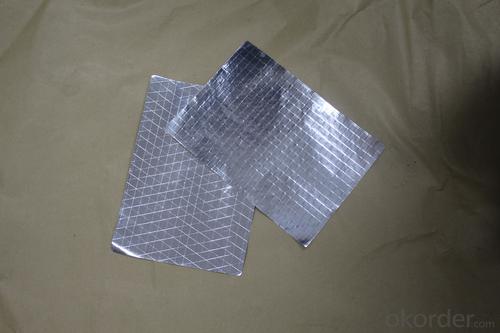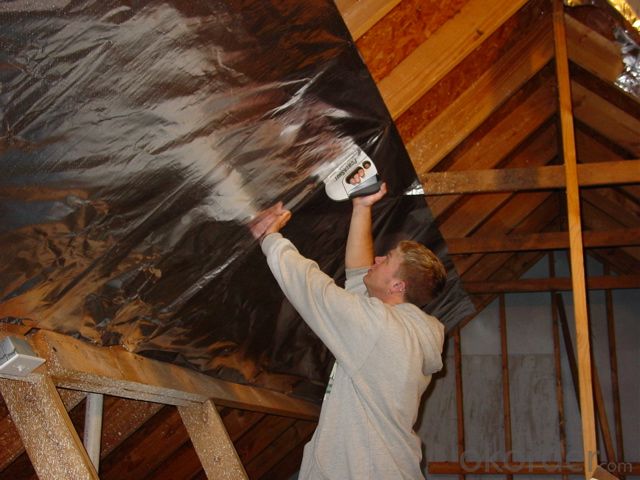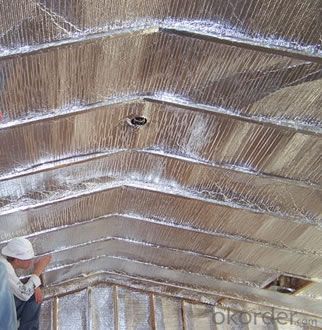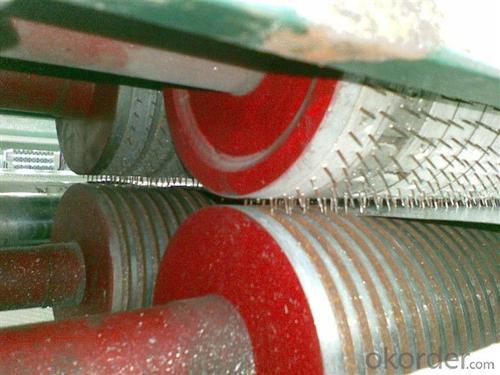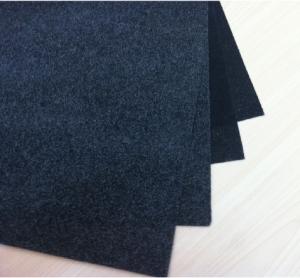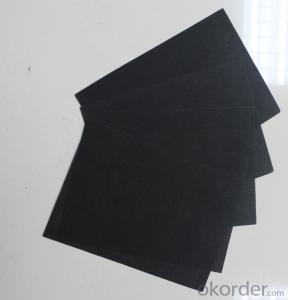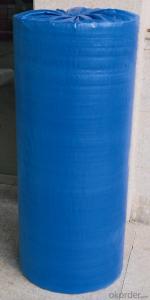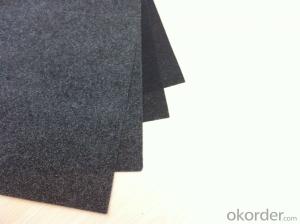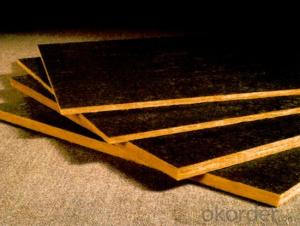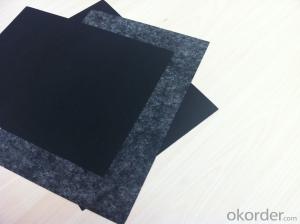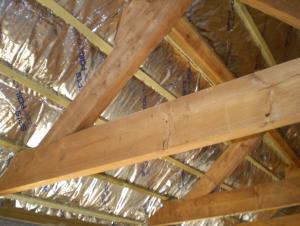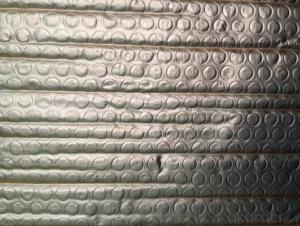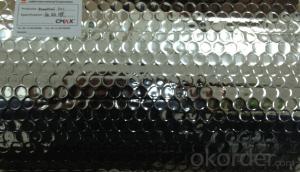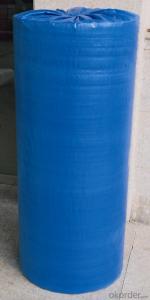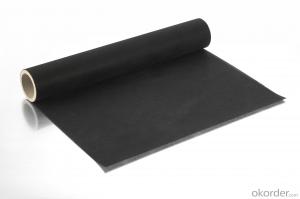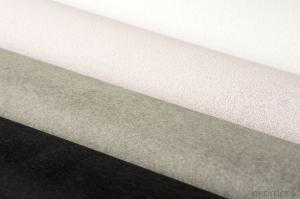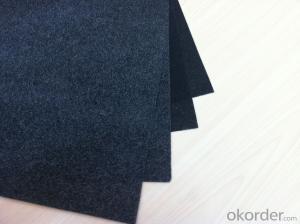Fiberglass Facing Flexible Ducts Bubble Film
- Loading Port:
- China Main Port
- Payment Terms:
- TT OR LC
- Min Order Qty:
- -
- Supply Capability:
- -
OKorder Service Pledge
OKorder Financial Service
You Might Also Like
Application:
1,Building Thermal Insulation Material
(1),Roof,Underlay,Under Concrete & floor Insulation;
(2),Attic,Crawl Space,Stud Wall ,Metal Frame Building Insulation.
2,Wrapping
(1),Protective coatings of ventilating pipe,HVAC Duct & Pipe;
(2),Shells of air conditioner and water heater.
Feature:
1), Waterproof, heavy duty, clean, light, flexible, non-absorbent surface
2), Fire resistant & antiglare
3), Recyclable, environmentally friendly
4), Effective in extreme temperatures both hot and cold
5), Easily install, cut, stapled, nailed or glued into place
6), Safe to handle with no special clothing or breathing Equipment
Feature:
1), Waterproof, heavy duty, clean, light, flexible, non-absorbent surface
2), Fire resistant & antiglare
3), Recyclable, environmentally friendly
4), Effective in extreme temperatures both hot and cold
5), Easily install, cut, stapled, nailed or glued into place
6), Safe to handle with no special clothing or breathing Equipment
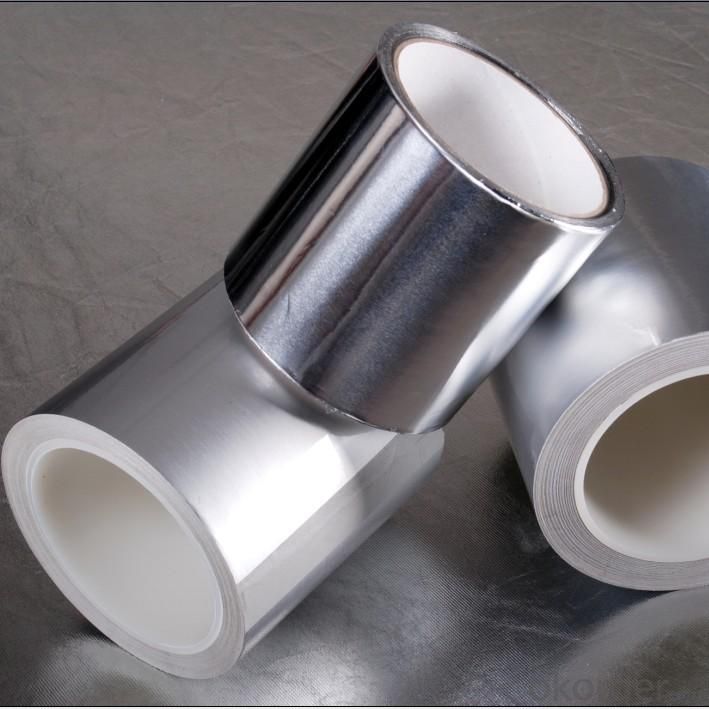
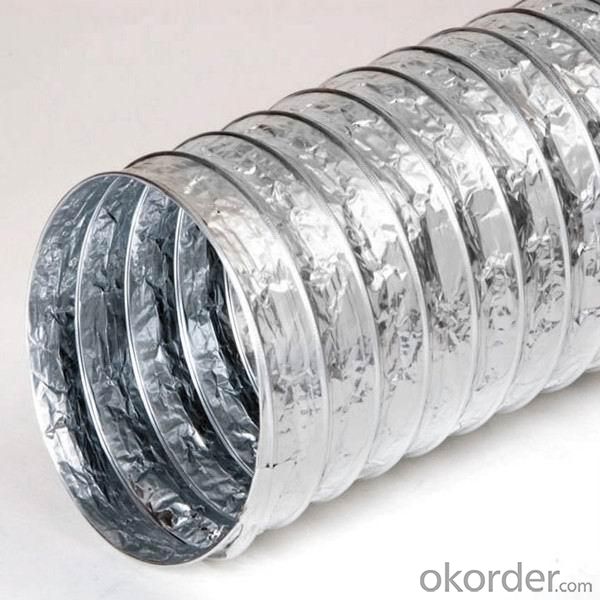
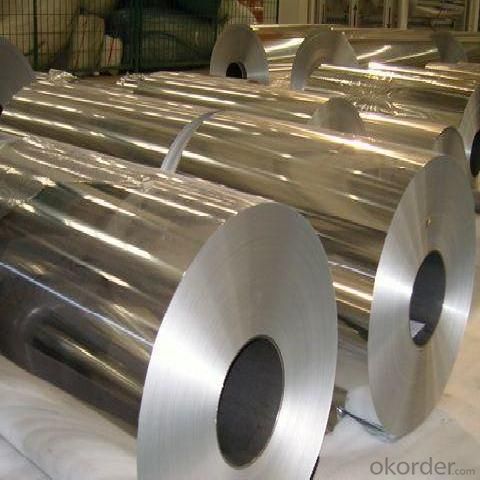
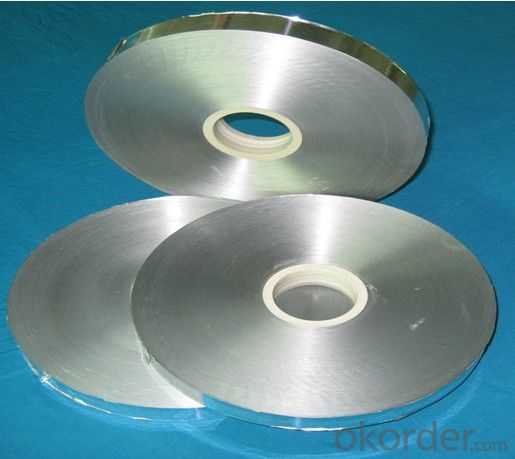
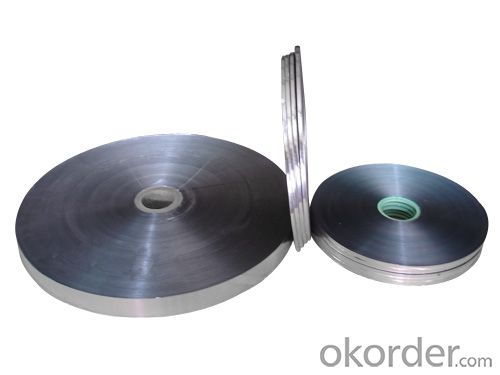
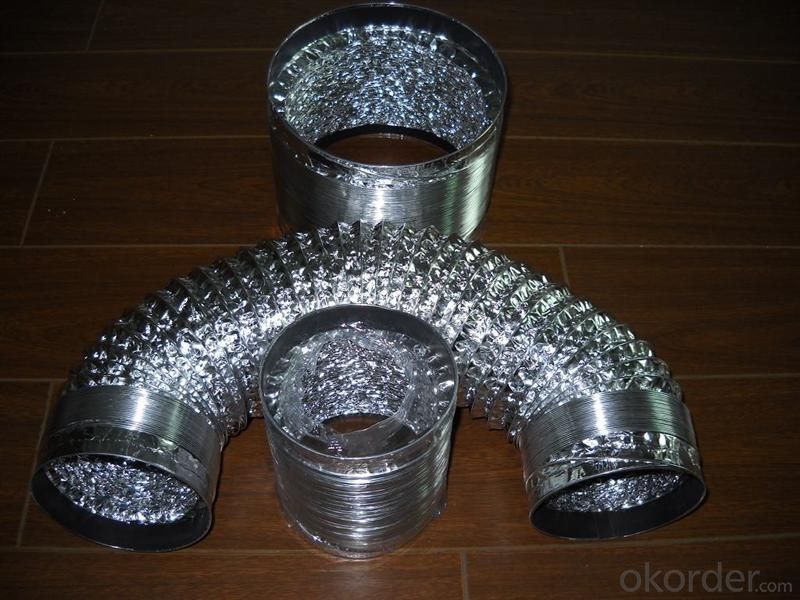
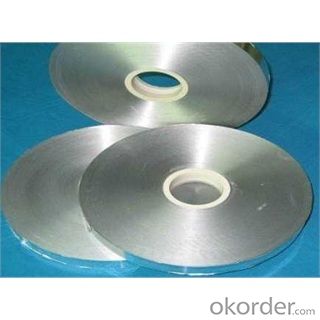
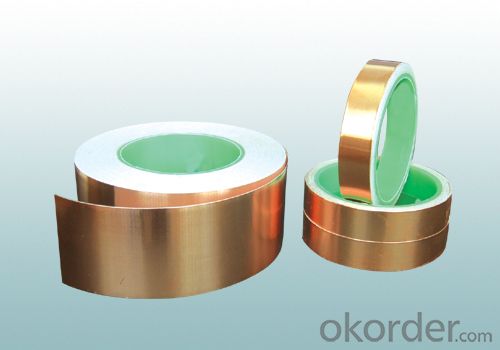
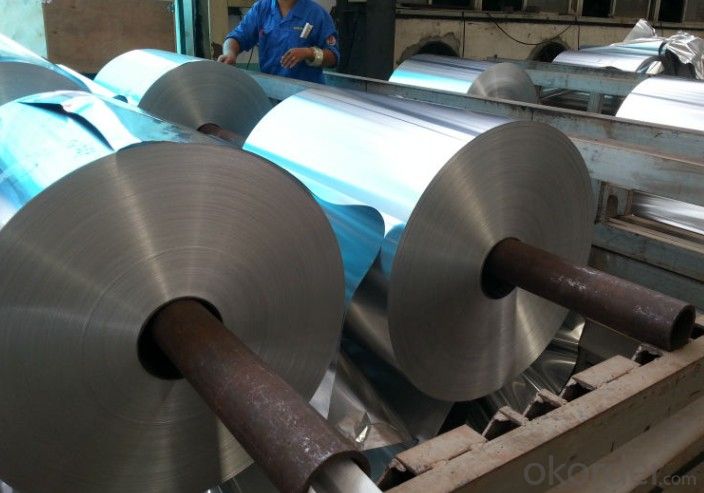
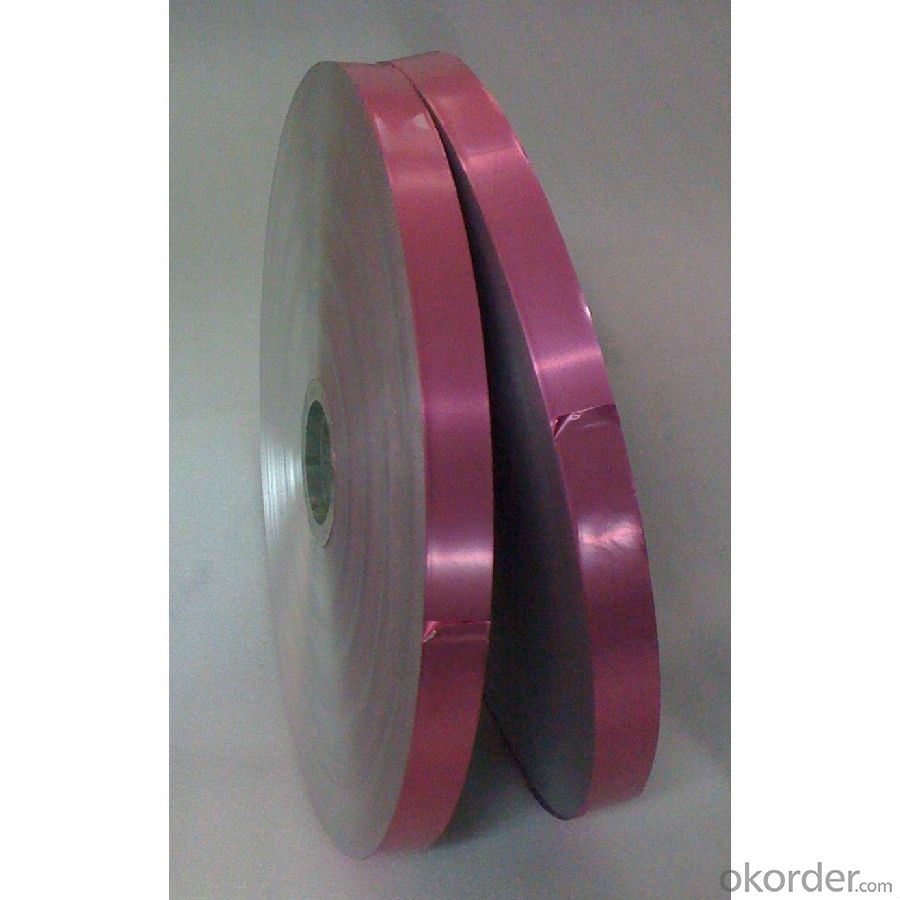
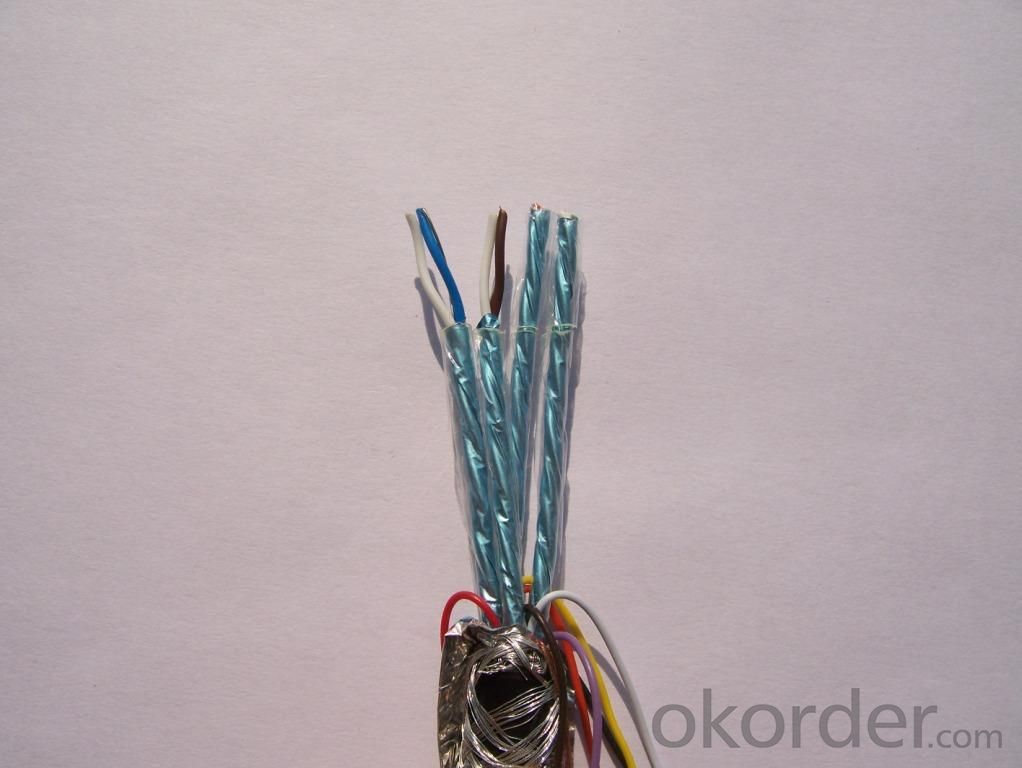
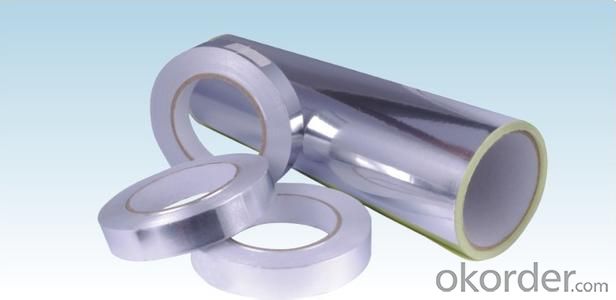
- Q: This question asks for methods to clean black fiberglass tissue, which is a material often used in various industries and applications.
- <p>To clean black fiberglass tissue, follow these steps: First, use a soft brush to remove any loose dirt or debris. Avoid using abrasive materials that could scratch the surface. Next, mix a solution of mild detergent with warm water. Dampen a soft cloth or sponge in the solution and gently wipe the fiberglass tissue. Rinse the area with clean water to remove the detergent, and then dry it thoroughly with a clean, soft cloth to prevent water spots. For stubborn stains, consider using a fiberglass-specific cleaner, but always test on a small, inconspicuous area first to ensure it doesn't discolor the material. Regular cleaning will help maintain the appearance and longevity of the black fiberglass tissue.</p>
- Q: This question asks for an explanation of the various methods used in the manufacturing process to produce black fiberglass tissue.
- <p>Black fiberglass tissue is typically produced through a series of manufacturing processes that involve the use of glass fibers and resins. The primary methods include: 1) The wet lay-up process, where glass fibers are soaked in a resin solution and then layered to form the tissue. 2) The spray-up process, where resin and chopped glass fibers are sprayed onto a mold and allowed to cure. 3) The hand lay-up process, which is similar to wet lay-up but involves manually applying the resin and fibers. 4) The pultrusion process, where fibers are pulled through a resin bath and then into a heated die to form the desired shape. 5) The filament winding process, where continuous glass fibers are wound around a rotating mandrel to create a strong, uniform tissue. Each method has its own advantages and is chosen based on the specific requirements of the end product, such as strength, flexibility, and cost.</p>
- Q: What advantages does the use of black fiberglass tissue in construction have for the environment?
- <p>The use of black fiberglass tissue in construction offers several environmental benefits. It is a lightweight material that reduces the overall weight of structures, thereby decreasing the energy required for transportation and construction. Black fiberglass is also resistant to corrosion and rot, which means it has a longer lifespan and reduces waste, contributing to less landfill. Additionally, it is a non-conductive material, which can help in reducing heat transfer, thus contributing to energy efficiency in buildings. Furthermore, it is often made from recycled materials, which promotes recycling and reduces the demand for new raw materials. Overall, black fiberglass tissue can contribute to sustainable construction practices by reducing environmental impact.</p>
- Q: Is it possible to utilize black fiberglass tissue in the construction industry?
- <p>Yes, black fiberglass tissue, also known as black fiber-reinforced polymer (FRP), can be used in construction. It is valued for its high strength-to-weight ratio, corrosion resistance, and durability. Black fiberglass is often used in reinforcing concrete structures, as a component in composite materials, and for strengthening or repairing existing structures. It is also used in the creation of lightweight and strong building materials, such as rebar replacements and for cladding due to its resistance to harsh weather conditions.</p>
- Q: What are the standard specifications or criteria that define the quality of black fiberglass tissue?
- <p>Yes, there are standards for the quality of black fiberglass tissue. These standards typically include specifications for tensile strength, elongation, thickness, and other physical properties. The quality is often determined by adherence to industry standards such as ASTM (American Society for Testing and Materials) or ISO (International Organization for Standardization). These standards ensure consistency, reliability, and performance of the fiberglass tissue, which is crucial for applications in various industries such as construction, automotive, and aerospace. Compliance with these standards is verified through testing and certification processes.</p>
- Q: Is it possible to use black fiberglass tissue as a material for painting?
- <p>Yes, black fiberglass tissue can be used for painting, but it requires specific preparation. The surface needs to be properly sanded and primed to ensure paint adhesion. Fiberglass is a composite material and can be challenging to paint due to its smooth and non-porous nature. Using a primer designed for plastics or fiberglass can help the paint bond better. Additionally, the choice of paint is crucial; acrylic or epoxy-based paints are often recommended for their durability and adhesion properties on fiberglass.</p>
- Q: Roof waterproof general use of what materials
- One, asphalt 1. Oil asphalt paper linoleum: three felt four oil or two carpets three oil stack construction. 2. Glass fiber cloth asphalt linoleum, glass fiber felt asphalt felt: cold asphalt binder or hot asphalt binder paste construction.
- Q: Is it possible to utilize black fiberglass tissue for creating a wall paneling system in a residential setting?
- <p>Yes, you can use black fiberglass tissue to make a wall paneling system for your home. Fiberglass is known for its durability, resistance to moisture and insects, and it can be an excellent material for wall paneling. It's lightweight, easy to install, and can be painted or finished to match your home's decor. However, ensure that the fiberglass tissue is of high quality and meets safety standards for residential use. Always follow proper installation guidelines and consider consulting with a professional to ensure the best results and safety.</p>
- Q: What are the common applications of black fiberglass tissue in the automotive industry?
- <p>Black fiberglass tissue, also known as black glass fiber cloth, is widely used in the automotive industry for various purposes. It is used in the production of reinforced plastic parts, such as body panels, hoods, and trunk lids, due to its strength and lightweight properties. It also serves as a heat insulator and soundproofing material in car interiors. Furthermore, it is utilized in the manufacturing of brake pads and clutch facings for its heat resistance and durability. Black fiberglass tissue enhances the structural integrity and performance of vehicles while contributing to weight reduction and fuel efficiency.</p>
- Q: This question asks for the optimal methods to install black fiberglass tissues, which are commonly used for insulation or flooring purposes.
- <p>The best ways to install black fiberglass tissues for insulation or flooring involve the following steps: 1. Preparation: Ensure the area is clean and dry. 2. Measuring and Cutting: Measure the area and cut the fiberglass to fit precisely. 3. Laying the Fiberglass: Start from one corner and work your way across, ensuring the material lays flat without wrinkles. 4. Securing the Fiberglass: Use adhesive or mechanical fasteners to secure the fiberglass in place. 5. Overlapping: When necessary, overlap the sheets and secure the overlap to prevent gaps. 6. Finishing: Apply a vapor barrier or underlayment if required, and finish with the desired flooring material. Always follow the manufacturer's instructions for the specific product being used.</p>
Send your message to us
Fiberglass Facing Flexible Ducts Bubble Film
- Loading Port:
- China Main Port
- Payment Terms:
- TT OR LC
- Min Order Qty:
- -
- Supply Capability:
- -
OKorder Service Pledge
OKorder Financial Service
Similar products
Hot products
Hot Searches
Related keywords
